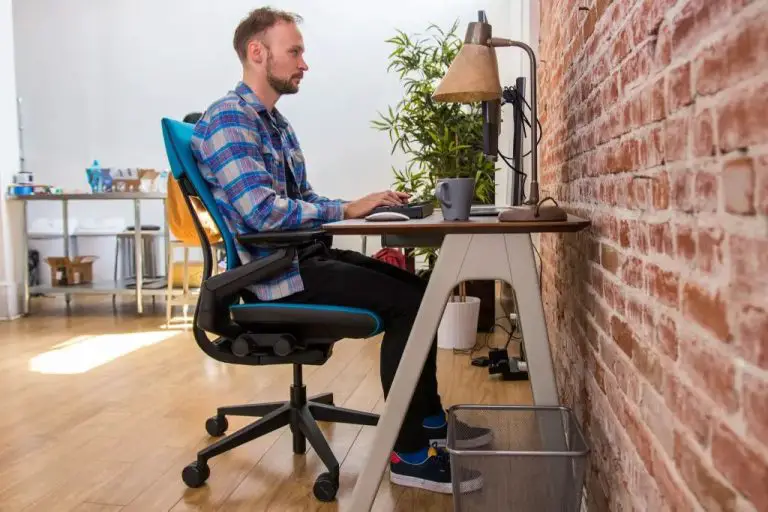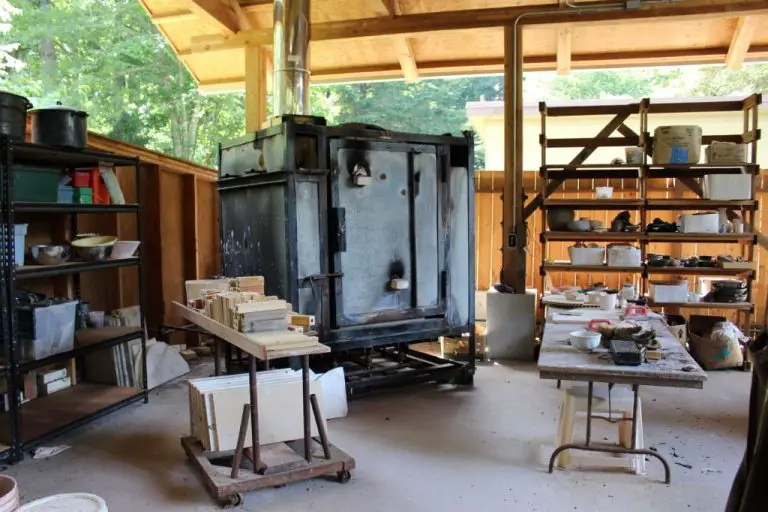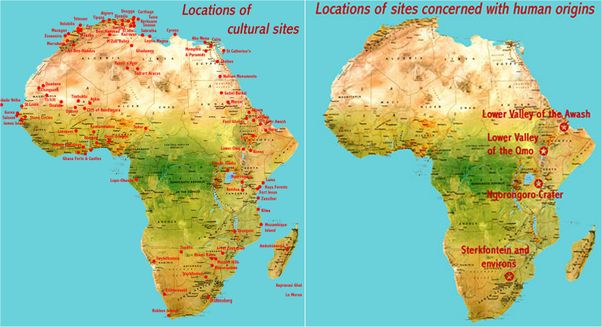How Long Does It Take To Go Around The People Mover In Detroit?
The Detroit People Mover is a 2.94-mile automated light rail system that runs through downtown Detroit in a circular elevated loop. The People Mover began operation on July 31, 1987 after several years of planning and construction. It was originally intended to be the downtown circulator for a proposed city and metro-wide light rail transit system, but the larger system was never built. Today, the People Mover functions as a simple automated shuttle connecting areas in downtown Detroit such as hotels, office buildings, casinos, museums, and sports venues. The system consists of a single track loop with 13 stations where passengers can board the automated rail cars that continuously circulate the route. While the People Mover is now often seen as a novelty attraction, it still provides useful transportation for locals and visitors in downtown Detroit and remains one of the most visible legacies of the city’s early plans for mass transit.
The Route
The Detroit People Mover route is 2.9 miles long and loops around downtown Detroit.
The route makes a clockwise loop, starting and ending at the Joe Louis Arena station. It heads west past the Financial District and Michigan Avenue stations before turning south to the Fort/Cass Avenue and Grand Circus Park stations. From there, it goes east past the Times Square, Broadway, and Cadillac Center stations before turning north again and passing by the Greektown, Cobo Center, and Joe Louis Arena stations to complete the loop.[1]
The elevated track allows the People Mover to avoid street traffic and provide efficient transportation around downtown Detroit.
Riding the People Mover
The Detroit People Mover is an automated monorail that runs counterclockwise along a single 2.9 mile elevated track through downtown Detroit (People Mover). It was designed to be fully automated without any onboard staff, using driverless vehicles operated by computers. The People Mover runs on electricity from an electrified third rail and can operate at speeds up to 56 mph, though it typically travels around 30 mph during normal service.
The People Mover operates daily from 6:30am to midnight Monday through Thursday, 6:30am to 2am on Fridays and Saturdays, and from noon to midnight on Sundays (Wikipedia). Trains arrive at stations every 5-15 minutes depending on the time of day. During peak ridership hours on weekdays, trains run about every 5-8 minutes. Frequency drops to 10-15 minutes during evenings and weekends.
Speed and Stops
The Detroit People Mover has a top speed of 56 mph according to https://gmrencen.com/history-of-the-doit-people-mover/. However, it averages a speed of only 30 mph due to the frequent stops around the 2.94 mile elevated loop. There are a total of 13 stations along the route, so the People Mover has to decelerate and stop roughly every quarter mile.
The 13 stations are as follows: Joe Louis Arena, Financial District, Cobo Center, Fort/Civic Center, Times Square, Michigan, Grand Circus Park, Broadway, Cadillac Center, Renaissance Center, Millender Center, Fort/Cass, and Greektown.
Ride Duration
The Detroit People Mover makes a complete loop around its 2.9 mile elevated track in approximately 12-15 minutes. The trains circle downtown Detroit and the Financial District continuously from 6:30am to midnight Monday through Thursday, 6:30am to 2am on Fridays, 9am to 2am on Saturdays, and noon to midnight on Sundays (Operating Schedule | DPM).
With 13 stations along the route, the automated trains stop briefly at each station to allow passengers to embark and disembark. The average time between stations is just over 1 minute. The People Mover operates at a maximum speed of 30 mph, but often travels slower during periods of frequent stops (Detroit People Mover).
So for a single complete loop around the 2.9 mile elevated track, most riders can expect a duration of 12-15 minutes depending on the number of stops and overall speed. The People Mover provides an efficient way to experience many of downtown Detroit’s top destinations in just one quarter hour ride.
Scheduling
The Detroit People Mover operates on a frequent schedule with trains arriving every 5-15 minutes. According to the official schedule listed on the People Mover website (https://www.thepeoplemover.com/riding-info/schedule), trains run every 7.5 minutes during peak times on weekdays. During off-peak times and weekends, the frequency drops to 10-15 minutes between trains.
This frequent schedule means that wait times are typically short for riders. During busy periods on weekdays, you’ll rarely have to wait more than 5-7 minutes for the next train. Even during slower periods, the wait is 10 minutes at most. The People Mover aims to operate on a reliable schedule to keep wait times to a minimum.
Capacity and Ridership
The Detroit People Mover operates with 6 cars per train and has a total passenger capacity of 15,000 passengers per hour per direction (pphpd). Each car can hold up to 56 seated passengers or a maximum of 163 total passengers when fully loaded [1].
In 2022, the system had a total ridership of 364,300, averaging about 1,900 riders per weekday [2]. Ridership was significantly higher before the COVID-19 pandemic, with around 1.9 million riders in 2018 and 1.6 million in 2019. During the pandemic in 2020, the People Mover served close to 270,000 riders [3].
Cost to Ride
The Detroit People Mover began a Zero-Fare Pilot Program in 2024, allowing all passengers to ride for free with no need for payment or passes (Source). This has made the system more accessible and affordable for all riders. Prior to 2024, the fare was $0.75 per ride, with discounted fares available through monthly passes and tokens purchased in bulk (Source). Seniors and people with disabilities could ride for $0.35 per trip. Children under 46 inches tall rode for free when accompanied by a fare-paying rider. The People Mover continues to offer group discounts and packages even during the zero-fare pilot period.
Future Expansions
There are plans underway for potential expansions and improvements to the Detroit People Mover in the future. In 2022, a map was published outlining existing and proposed Detroit People Mover expansions. The single largest expansion was proposed in 2007 by David Curry and Marsden Burger, called the Detroit People Mover 2.0 plan. This expansion plan aimed to extend the People Mover route to tap into more areas of downtown Detroit.
Some of the proposed expansions in the Detroit People Mover 2.0 plan included extensions to the Riverfront Towers Apartments, an extension over the Dequindre Cut to Eastern Market, and a line running from downtown to Midtown. There have also been more recent proposals in 2023-2024 to expand the People Mover to provide better connections to Belle Isle, the new FCA Poletown plant, and Detroit Metro Airport.
Beyond route expansions, there are also plans to upgrade the People Mover trains to newer, modern vehicles and to implement system renovations. The future outlook aims to build upon the People Mover as an asset to downtown Detroit by improving connectivity and accessibility for residents and visitors.
Conclusion
The Detroit People Mover is a unique and convenient way to get around downtown Detroit. Spanning 2.9 miles with 13 stations, the People Mover makes a full loop around downtown in approximately 15 minutes. With trains arriving every few minutes during peak times, it provides a reliable method for commuters, tourists, and residents to navigate the city. Key highlights include the People Mover’s automated operation, its integration with local bus services, and its affordable $0.75 fare. While an icon of Detroit, the People Mover has faced challenges with low ridership and limited expansion. However, it continues to be an integral part of the city’s public transportation network. For a fun overview of downtown Detroit, a ride on the People Mover is a great option.





